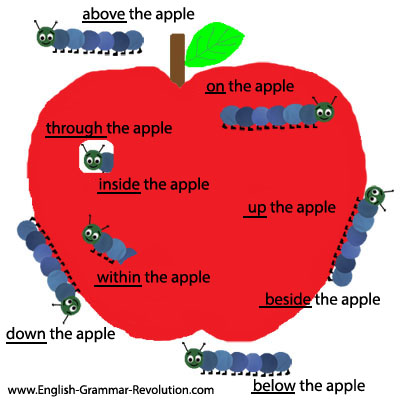COMPARATIVE AND SUPERLATIVE ADJECTIVES
Learning Outcome:
At the end of the lesson, students should be able to:
a) Write correct answers for practice
b)
Apply the knowledge learnt in real life situations and occurrences
Language Content: Language for interpersonal, and informational purposes.
Instructional aids: Hand
outs Practice
Previous Knowledge:
Students were taught on adjectives .
Set Induction:
- Teacher recaps on previous lesson on adjectives with class
- Teacher starts the class showing a poem on superlatives and comparatives.
- Teacher make the students guess the lesson for the day.
STUDENTS:
- Students respond to teacher's Q&A
- Students guess the day's topic
Development:
TEACHER:
- Teacher asks students to read the poem out loud- Teacher asks the students to locate some examples of superlatives and comparatives.
- Teacher explains to class on superlative adjectives and comparative adjectives.
- Teacher draws a table showing the usage of superlatives and comparative adjectives and calls out students to fill them in.
- Teacher discuss with class.
- Teacher hands out practice sheet to students
- Teacher discuss answer with class.
- Teacher plays short game on superlatives and comparative adjectives.
STUDENTS:
- Students read out poem with class- Students locate the superlatives and comparatives in the poem.
-Students come up to fill the table with correct answer.
-Students do handout 1
- Students discuss answers with teacher
-Students participate in short game.
Conclusion
- Teacher asks students about their opinion on the last activity.
- Teacher concludes the lesson
APPENDIX
SUPERLATIVES
You have
The bluest eyes
And the blackest outlook
The greenest thumb
And the reddest temper
The biggest heart
And the littlest patience
The most angelic hands
And the foulest mouth
The shrewdest investments
And the dumbest fears
The best intentions
And the worst outcomes
The strongest faith
And the weakest tolerance
The cushiest sofa
And the most rigid family
The kindest bedside manner
And the cruelest business sentiments
The most genuine words
And the least diplomatic opinions
The darkest past
And the brightest future.
Will we make it?













